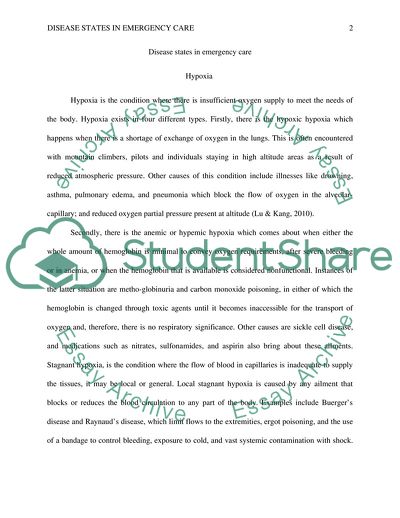Cite this document
(ASSIGNMENT PORTFOLIO - Disease States in Emergency Care Essay, n.d.)
ASSIGNMENT PORTFOLIO - Disease States in Emergency Care Essay. https://studentshare.org/health-sciences-medicine/1867945-assignment-portfolio-disease-states-in-emergency-care
ASSIGNMENT PORTFOLIO - Disease States in Emergency Care Essay. https://studentshare.org/health-sciences-medicine/1867945-assignment-portfolio-disease-states-in-emergency-care
(ASSIGNMENT PORTFOLIO - Disease States in Emergency Care Essay)
ASSIGNMENT PORTFOLIO - Disease States in Emergency Care Essay. https://studentshare.org/health-sciences-medicine/1867945-assignment-portfolio-disease-states-in-emergency-care.
ASSIGNMENT PORTFOLIO - Disease States in Emergency Care Essay. https://studentshare.org/health-sciences-medicine/1867945-assignment-portfolio-disease-states-in-emergency-care.
“ASSIGNMENT PORTFOLIO - Disease States in Emergency Care Essay”. https://studentshare.org/health-sciences-medicine/1867945-assignment-portfolio-disease-states-in-emergency-care.


